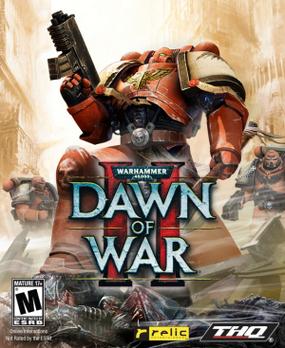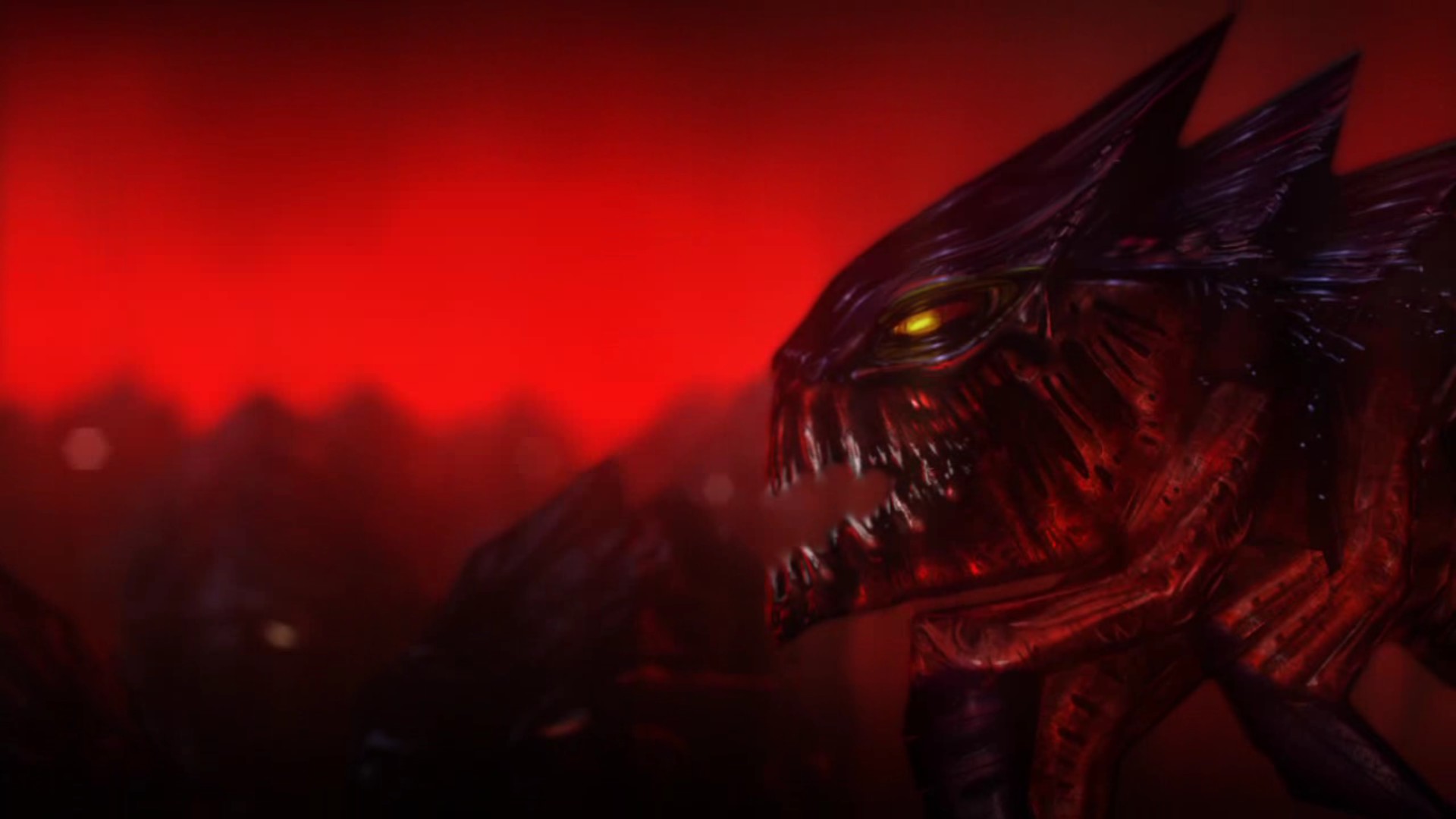Great moments in PC gaming: Going on the defensive in Dawn of War 2
Great moments in PC gaming are bite-sized celebrations of some of our favorite gaming memories.
Warhammer 40,000: Dawn of War 2

Year: 2009
Developer: Relic
The first Dawn of War let me play with armies bigger than I could ever afford when I played Warhammer 40,000 on a ping-pong table with styrofoam hills on it. Every click-and-drag put battalions of troops and entire tank platoons under my command.
Then Dawn of War 2 came along. On most maps, it gives you four small squads—one of which is just your commander. It takes some getting used to. Thing is, each of those squads is like a character in an RPG. They level up and collect gear and unlock abilities. In most engagements the scouts begin in hiding, decloaking before the heavy weapons focus fire or the assault squad jetpacks over the top or the tactical squad taunts. What Dawn of War 2 loses in scope, it makes up for in detail.
The difference really comes into its own once the tyranids show up. A faction who didn't make the cut in the original Dawn of War, tyranids are locust/dinosaur/xenomorph hybrids who arrive in Biblical swarms. After several missions against small to medium ork and eldar forces, suddenly you're faced with a world-devouring horde. You have to hunker down in cover, throwing frag grenades where the mass is thickest, struggling to hold out instead of confidently advancing across the map. The abilities stop being fun things you trigger when you kick off a fight and become tools that will save your life.
Dawn of War 2 repeats this across its campaign, with generic defense missions that pop up whenever, say, the orks try to take one of your foundries. Red arrows warn you which direction the next attack will come from, and you've got just enough time to spend some of your budget of mines and turrets then head for the right bit of cover before they arrive. Some of the story missions pull the trick again as well, like Angel Gate, where you have to hold a gatehouse long enough to close it while wave after wave of tyranids break against your ceramite armor. The final mission is mostly just a string of these heroic climaxes one after the other.

Dawn of War 2 has excellent multiplayer mode called The Last Stand that was patched into the base game then built on in its expansions in which you're even more outnumbered. Three players are given individual heroes and a square of ground to protect from mobs of enemies. Part of what makes this mode so much fun is that you're even more overpowered than normal. As mismatched heroes from across 40K's factions, you come together to charge and jetpack back and forth across your little plateau, smashing into masses of chaff until finally the bastards drag you down.
The first two Dawn of War games have quite different things going for them. Dawn of War 2 is at its best when it puts you on your back foot, with nowhere to retreat to and no option but to hold down the trigger and hope.
from PCGamer latest https://ift.tt/35SDcvy
Great moments in PC gaming are bite-sized celebrations of some of our favorite gaming memories.
Warhammer 40,000: Dawn of War 2

Year: 2009
Developer: Relic
The first Dawn of War let me play with armies bigger than I could ever afford when I played Warhammer 40,000 on a ping-pong table with styrofoam hills on it. Every click-and-drag put battalions of troops and entire tank platoons under my command.
Then Dawn of War 2 came along. On most maps, it gives you four small squads—one of which is just your commander. It takes some getting used to. Thing is, each of those squads is like a character in an RPG. They level up and collect gear and unlock abilities. In most engagements the scouts begin in hiding, decloaking before the heavy weapons focus fire or the assault squad jetpacks over the top or the tactical squad taunts. What Dawn of War 2 loses in scope, it makes up for in detail.
The difference really comes into its own once the tyranids show up. A faction who didn't make the cut in the original Dawn of War, tyranids are locust/dinosaur/xenomorph hybrids who arrive in Biblical swarms. After several missions against small to medium ork and eldar forces, suddenly you're faced with a world-devouring horde. You have to hunker down in cover, throwing frag grenades where the mass is thickest, struggling to hold out instead of confidently advancing across the map. The abilities stop being fun things you trigger when you kick off a fight and become tools that will save your life.
Dawn of War 2 repeats this across its campaign, with generic defense missions that pop up whenever, say, the orks try to take one of your foundries. Red arrows warn you which direction the next attack will come from, and you've got just enough time to spend some of your budget of mines and turrets then head for the right bit of cover before they arrive. Some of the story missions pull the trick again as well, like Angel Gate, where you have to hold a gatehouse long enough to close it while wave after wave of tyranids break against your ceramite armor. The final mission is mostly just a string of these heroic climaxes one after the other.

Dawn of War 2 has excellent multiplayer mode called The Last Stand that was patched into the base game then built on in its expansions in which you're even more outnumbered. Three players are given individual heroes and a square of ground to protect from mobs of enemies. Part of what makes this mode so much fun is that you're even more overpowered than normal. As mismatched heroes from across 40K's factions, you come together to charge and jetpack back and forth across your little plateau, smashing into masses of chaff until finally the bastards drag you down.
The first two Dawn of War games have quite different things going for them. Dawn of War 2 is at its best when it puts you on your back foot, with nowhere to retreat to and no option but to hold down the trigger and hope.
via IFTTT

Post a Comment